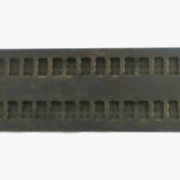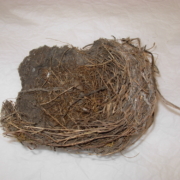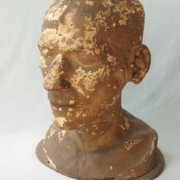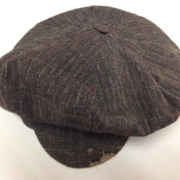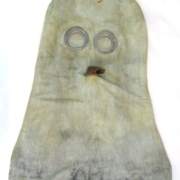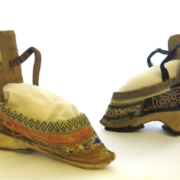Object of the Month – October 2020
New Zealand Kiwi
We’ve been busy over the last few weeks moving the bird taxidermy from a temporary home back to their usual store. October’s object of the month is a mounted kiwi skin, probably of a little spotted kiwi (Apteryx owenii), the smallest of the five kiwi species.

The little spotted kiwi in Saffron Walden Museum. © SWM
With strong, heavy legs and no wings, kiwis have evolved for life on the ground. They are nocturnal, dig burrows to nest in, and have stiff, hair-like outer feathers to withstand pushing through leaves and twigs. Unlike most birds they have keen hearing and a good sense of smell to help them find food, mostly earthworms and insects.

Kiwis have ‘whiskers’ around their beak, stiff feathers and tiny wings, and strong feet for digging. [Internet Archive Book Images / No restrictions]
Kiwi numbers have plummeted since Europeans arrived in New Zealand, bringing rats, stoats, pigs, cats, dogs, trophy hunting and habitat destruction. Kiwis grow and reproduce slowly and only thrive today on protected reserves, with intensive work to remove these threats. The indigenous Maori regard the kiwi as a taonga (treasure), and actively protect the birds across 230,000 hectares of land, about the same area as the national government’s Department of Conservation. Altogether, an area of land bigger than Essex is managed for kiwi conservation

Light green, current location of kiwis; Dark green, location of kiwis before European colonisation; Dark grey, kiwis never known here. [© New Zealand Department of Conservation]
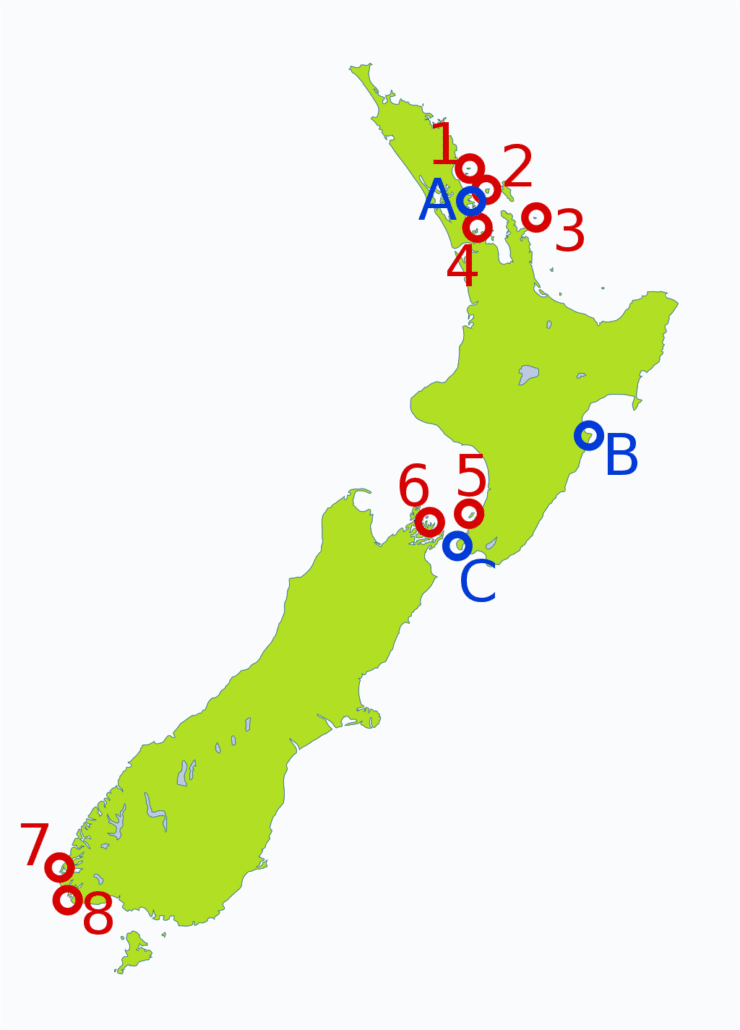
Little spotted kiwi reserves – Predator-free islands: 1, Hen Island; 2, Tiritiri Matangi; 3. Red Mercury Island; 4, Motuihe Island; 5, Kapiti Island; 6, Long Island; 7, Anchor Island; 8, Chalky Island
Mainland: A, Shakespear Open Sanctuary; B, Cape Sanctuary; C, Zealandia.
Michal Klajban / CC BY-SA 4.0
See the little spotted kiwi and find out more about kiwi species in our Object of the Month display when the museum re-opens soon.
More information
New Zealand Department of Conservation (DoC) – Facts about kiwi: https://www.doc.govt.nz/nature/native-animals/birds/birds-a-z/kiwi/facts/
New Zealand DoC – Little Spotted Kiwi: https://www.doc.govt.nz/nature/native-animals/birds/birds-a-z/kiwi/little-spotted-kiwi/
New Zealand DoC – Kiwi: https://www.doc.govt.nz/nature/native-animals/birds/birds-a-z/kiwi/
Science Learning Hub – Conserving our native kiwi: https://www.sciencelearn.org.nz/resources/2784-conserving-our-native-kiwi
WWF New Zealand – Kiwi: https://www.wwf.org.nz/what_we_do/species/kiwi/
References
Internet Archive Book Images. ‘Features of kiwis’ Transactions and proceedings of the New Zealand Institute (1870). Internet Archive Book Images / No restrictions. Available from commons.wikimedia.org [Accessed 29.9.2020]
Michal Klajban. ‘Apteryx owenii – distribution map. CC BY-SA (https://creativecommons.org/licenses/by-sa/4.0). Available from commons.wikimedia.org [Accessed 29.2.2020]
New Zealand Department of Conservation. Kiwi Recovery Plan Summary Document 2018-2028. New Zealand Government, 2018. Available from https://www.doc.govt.nz/nature/native-animals/birds/birds-a-z/kiwi/docs-work/ [Accessed 29.9.2020]


